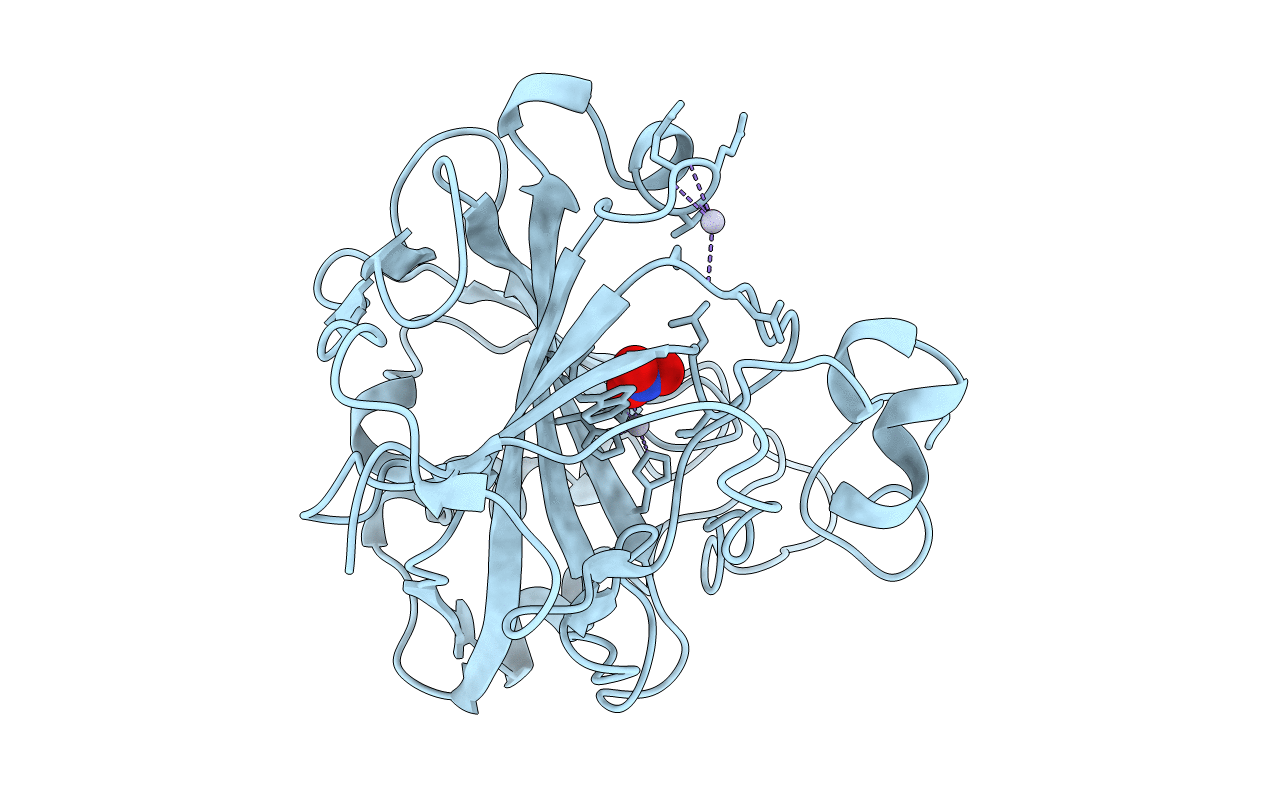
Deposition Date
1992-07-02
Release Date
1994-01-31
Last Version Date
2024-10-16
Entry Detail
PDB ID:
1CAN
Keywords:
Title:
CRYSTALLOGRAPHIC STUDIES OF THE BINDING OF PROTONATED AND UNPROTONATED INHIBITORS TO CARBONIC ANHYDRASE USING HYDROGEN SULPHIDE AND NITRATE ANIONS
Biological Source:
Source Organism:
Homo sapiens (Taxon ID: 9606)
Method Details:
Experimental Method:
Resolution:
1.90 Å
R-Value Observed:
0.14
Space Group:
P 1 21 1


